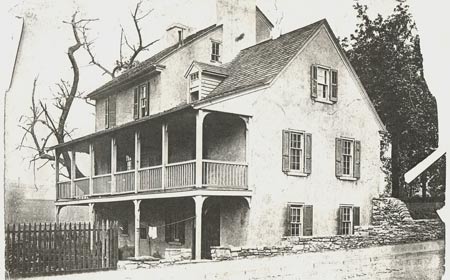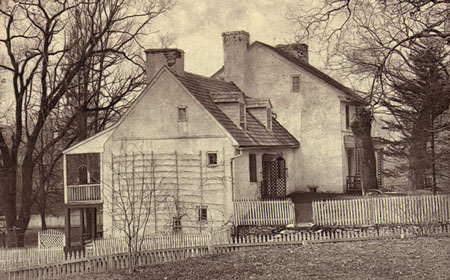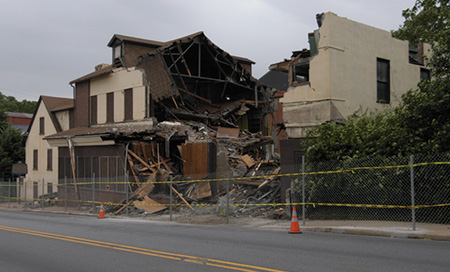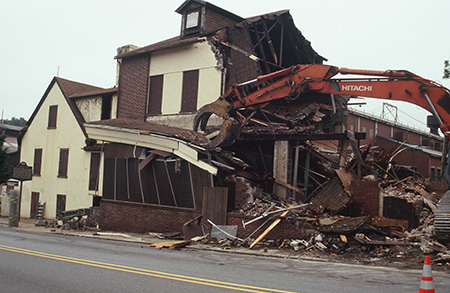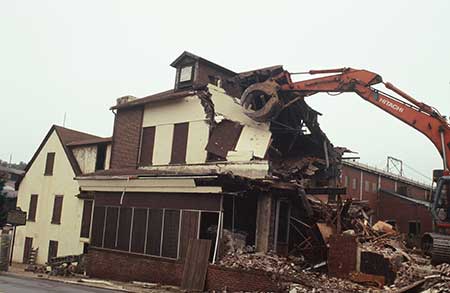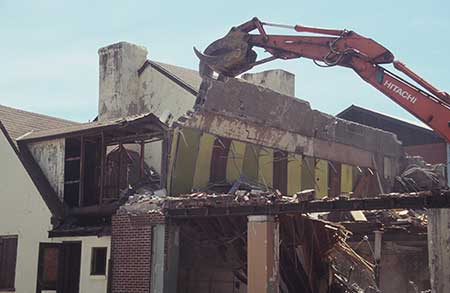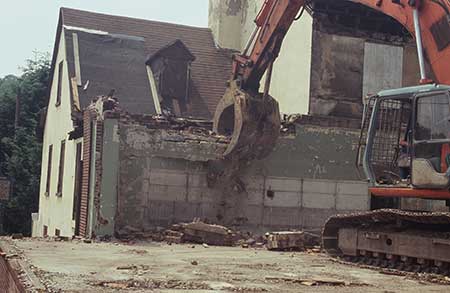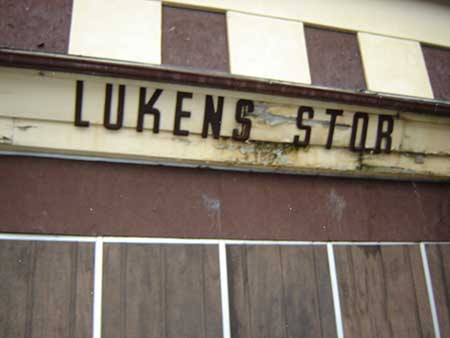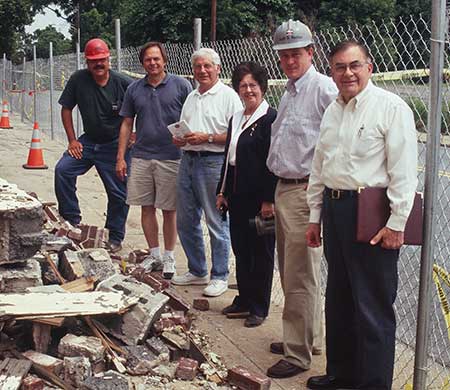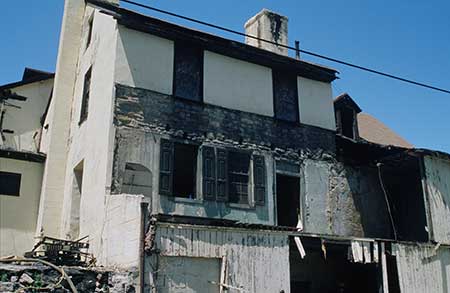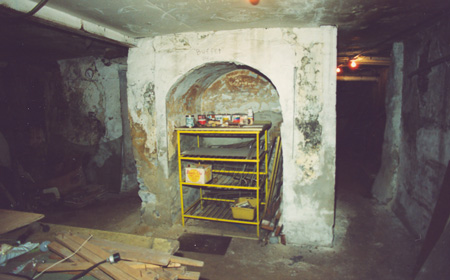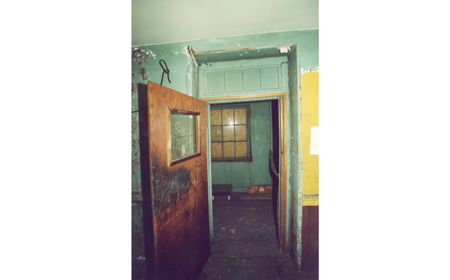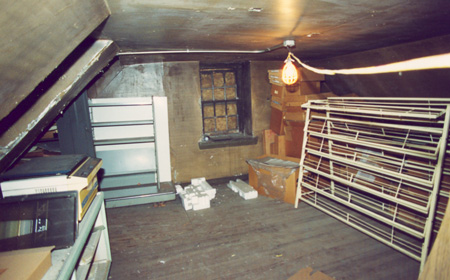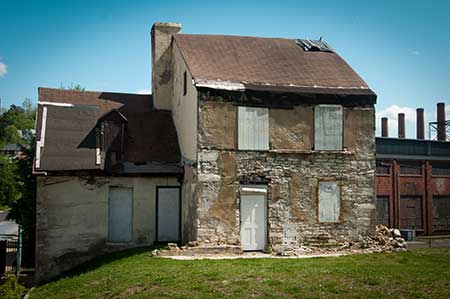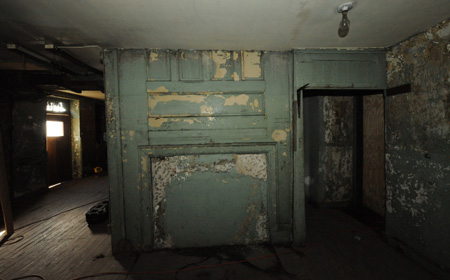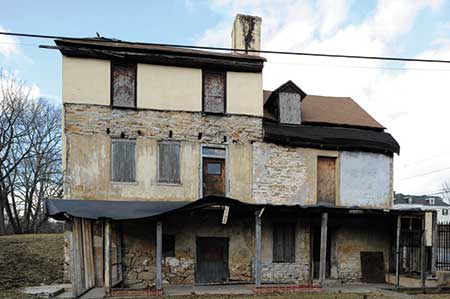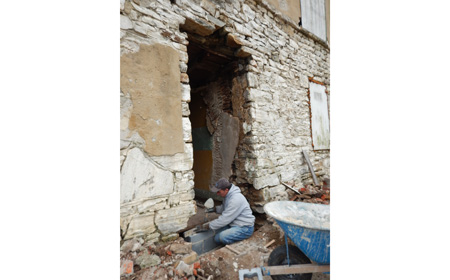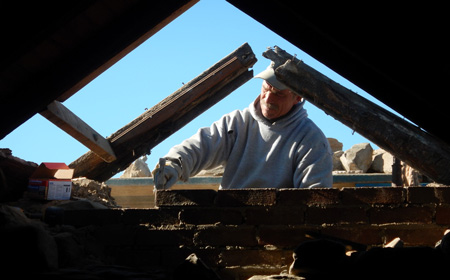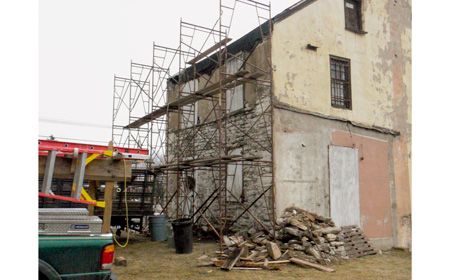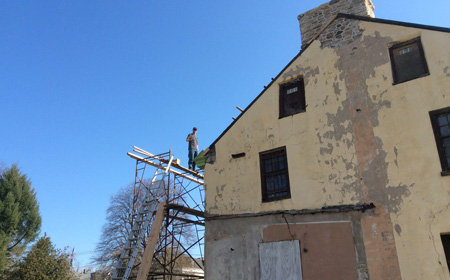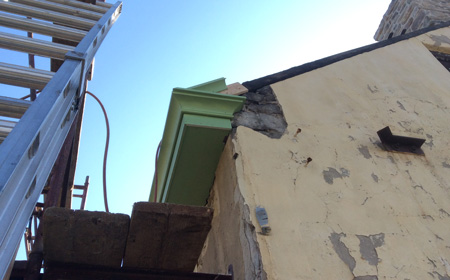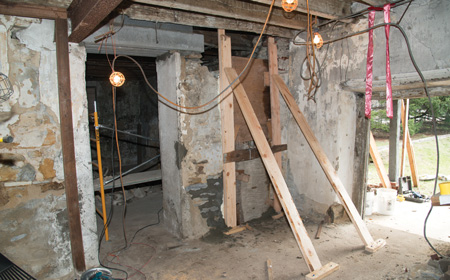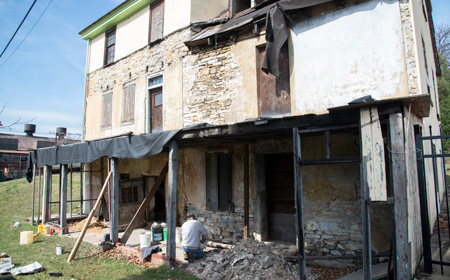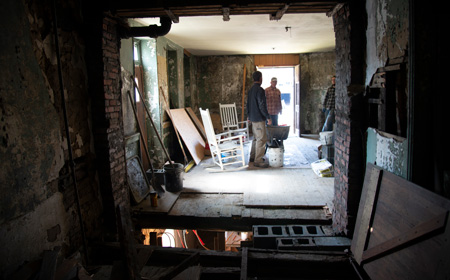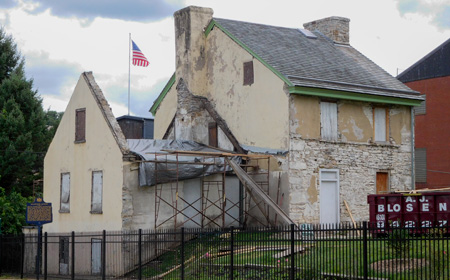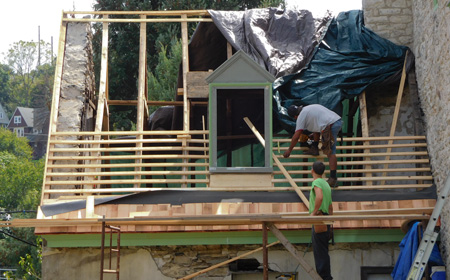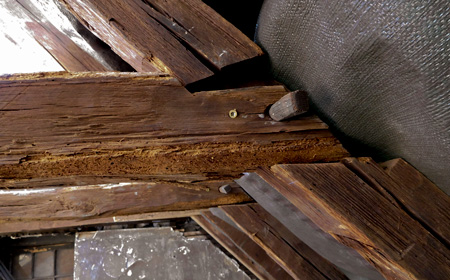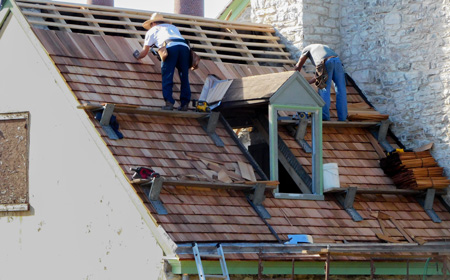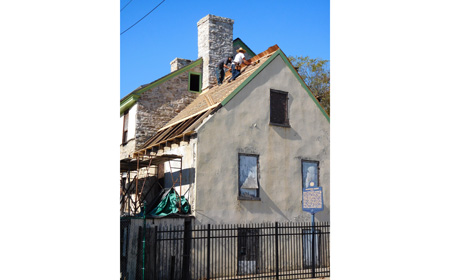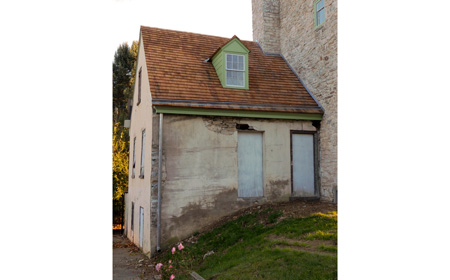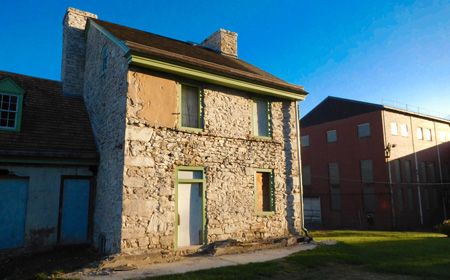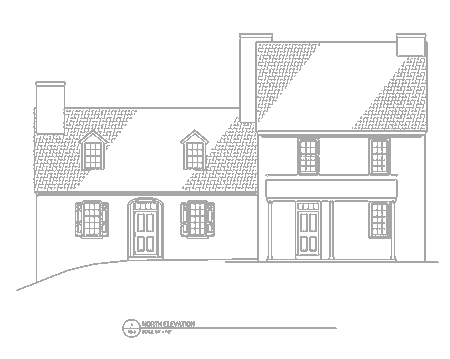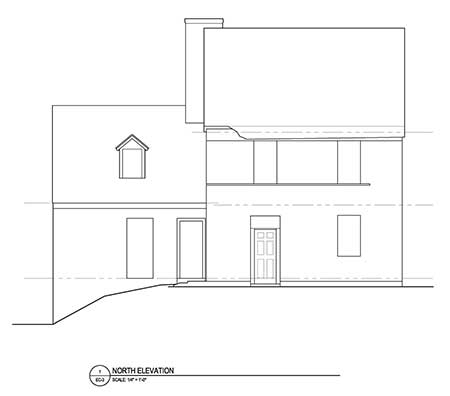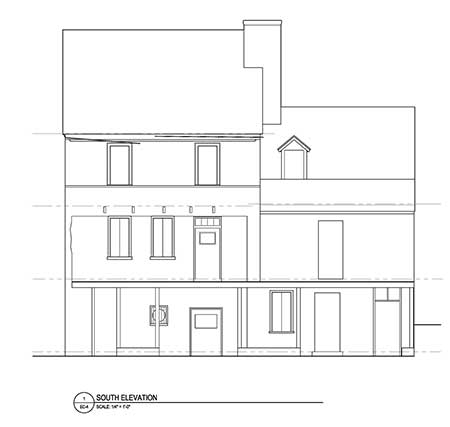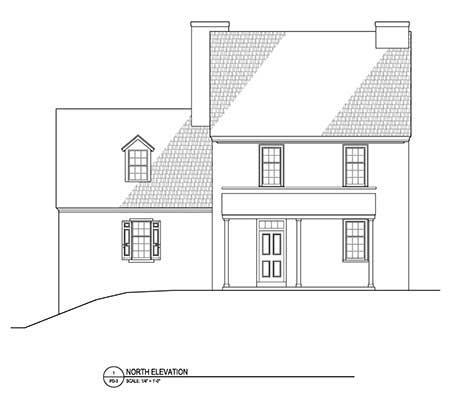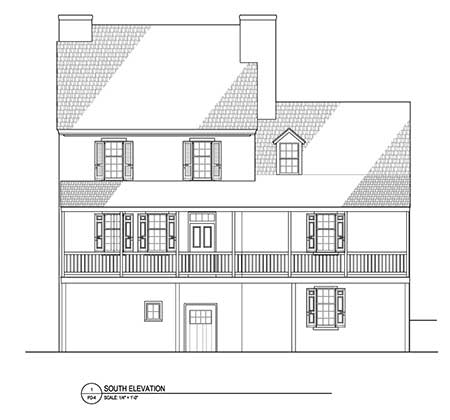When in 1787 Moses Coates (after whom Coatesville is named) bought the property from the Fleming family, he began construction of an addition to the existing 1739 house, more than doubling its size. Coates used the property primarily for farming, although a saw mill also existed on the nearby Brandywine Creek. After the construction of the Lancaster Turnpike in 1794, the combination of the powerful Brandywine and the proximity of the Turnpike inspired Coates’ nephew Jesse Kersey and Isaac Pennock to purchase the land and, in 1810, transform the old saw mill to an ironworks. In 1816, Rebecca Pennock Lukens and her husband Charles took over management of the ironworks, and moved into the mansion. Over the next decade, Rebecca gave birth to five more children and nursed a fledgling company from the halls of Brandywine Mansion. It was in those rooms that Rebecca lost three of her six children, as well as her beloved husband in 1825. It was in Brandywine Mansion that Charles exacted a promise from his wife that she would continue the business, and Lukens Steel as we know it really began. Rebecca made her own improvements to the house. Under her direction, a long, second-floor piazza was added to the rear of the house (in which she held two of her daughters’ weddings), and built a portico around the front door. A lover of flora, Rebecca festooned the house and grounds with blooming plants and shrubs. In the rear of the structure Rebecca built an octagonal summer house, a spring-fed bath house and goldfish pond, lending a park-like air to the place she lived. Rebecca lived in this house until her death in 1854.
The story of the house during the last half of the nineteenth century is a little hazier. The narrative doesn’t pick up again until 1921, when Lukens Steel Company built an addition onto the house which served as the employee’s cooperative store. This addition altered the original house very little; we can in fact credit the store for preserving this remarkable building, and for giving us another story to tell. Thousands of Lukens workers over the course of seventy years visited this store with paychecks in hand in order to buy their groceries and other necessities, walking past the house where the seeds of their company were planted so many years before.
The store closed in 1992, and the Huston family purchased the building and donated it to the Graystone Society. In 2009 the store addition was demolished, making way for a phased restoration of the original Lukens home. In 2012 architectural firm Frens and Frens, in partnership with restoration specialist Wesley Sessa, began a reconstruction plan. In early 2013, parts of that plan were greenlighted, and the restoration has begun in earnest. We encourage our members and supporters to track the progress on Brandywine Mansion through this webpage, future newsletters and via our Facebook page. We are incredibly proud to bring Rebecca’s past into the present, and to preserve this home which has seen so much tragedy and triumph. We will gratefully accept donations toward this very important preservation project.

